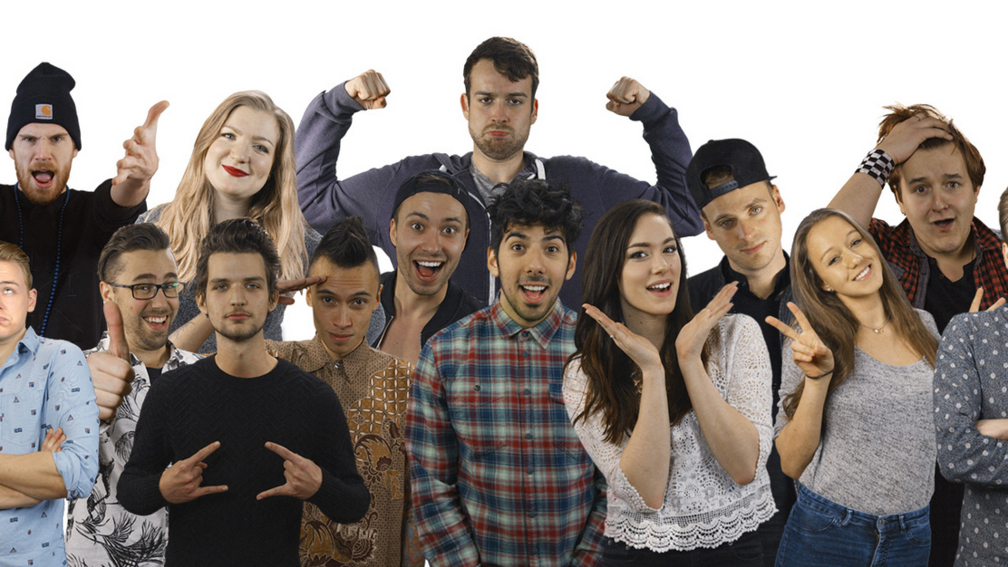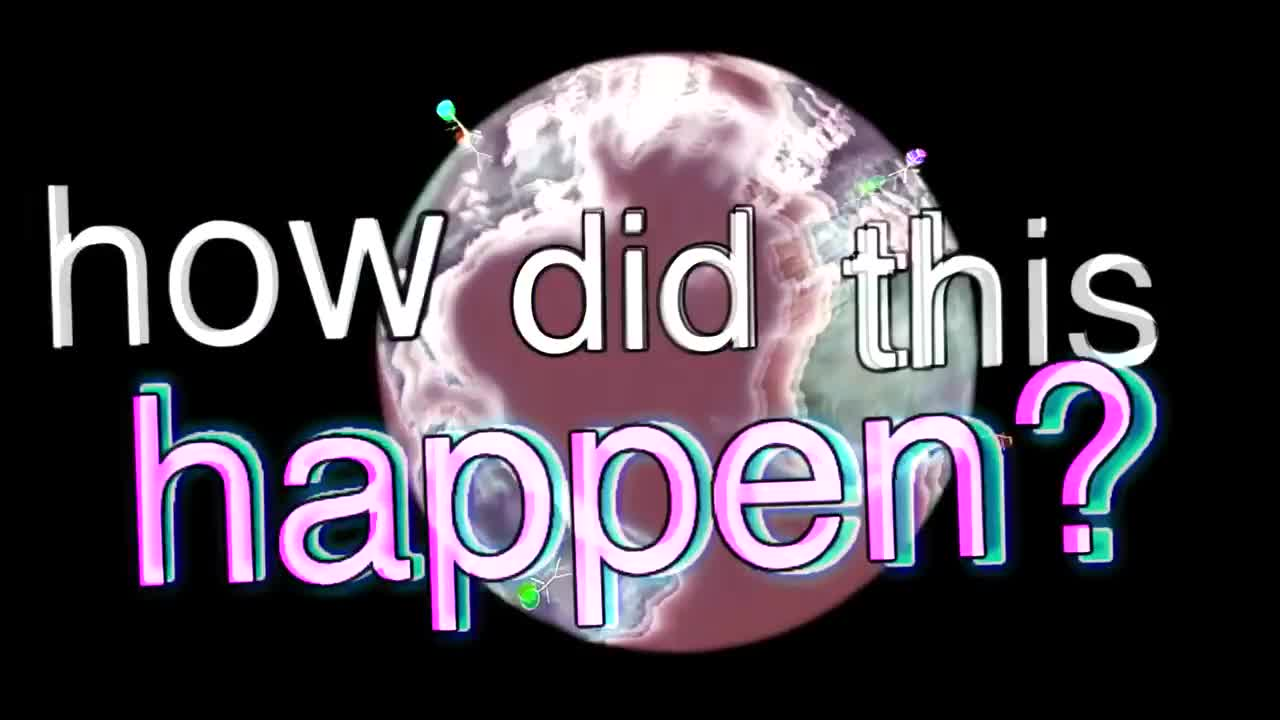It may not feel like it, but YouTube’s been around for a hot bit now. Remember when you first saw a jumpscare like this:

on a video? Yes, that’s right. Thirteen years! Hold on while I scrape myself from the floor.
Ahem. Okay, we’re back. Point made – it’s been here for a long time. That means a lot has also changed in the platform and its users.
As more people started using YouTube, communities automatically started to grow. People from audiences started to form bonds among each other and become loyal to their favourite YouTubers, and the video creators developed similar connections with their “colleagues” and viewers. Eventually, people started meeting up to bond over these videos, with the goal of spending time with like-minded YouTube users. Since these communities formed online, not everyone lived close together, so a meetup point was decided. And so, recurring YouTube events were born! Today, I’ll be discussing the biggest one in our favourite flat rainy country: the Dutch YouTube Gathering, or DYTG.
Origins and growth
The first DYTGs were held in 2010. It was organised by a moderately popular Dutch YouTuber at the time, and he would continue to host the event until the end. A handful of big name YouTubers and a few dozen of their fans came to these first events to meet up, share ideas and just have a good time. In 2013, the event had already grown to about 1200 people. After this, the event was changed to a yearly format.

A year or so passes, and we’re in the spring of 2014. By now, a whopping 4500 people attended the event. There were no signs of stopping the popular event, and the visitor count in 2016 reached the five-digit mark. The number of attendees only continued to grow until the COVID-19 pandemic hit the country. The event was cancelled for two years for safety reasons. It was finally hosted again this year, but it was too late: the Dutch YouTube Gathering of 2022 would be the last, and it flopped. Whereas the meetups would attract a solid 10.000 people for the past four or so editions, the 2022 statistics can be compared to the lecture attendance after the autumn semester: a pathetic 1/5th of the former crowd size. Similar attendance shrinkage is happening to other gatherings like the British SitC. It’s not as if YouTube is any less popular, with people from all possible demographic groups using the platform daily. So… what happened?

The overt problems
The simplest explanation for what happened is that YouTube became too large, the creators became too popular and the management became too.. ehm… unmanageable. DYTG has offered finance panels as long as partner programmes have existed, but over time, being a content creator became a proper job option, offering much more than an opportunity for some extra cash from a hobby. Increasingly many creators came to the event expecting to be compensated for their time, since it was simply part of their job. With so many people, larger venues and more staff needed to be hired. And remember when I mentioned the first edition being hosted by some users? Well, the people behind the meetup were still just that – a group of creators and often volunteers. The events were becoming increasingly expensive to host for multiple reasons, and that money had to come from somewhere. The hosts sure didn’t have that much. So there was only one solution: increase entry ticket prices… to hundreds of euros. This was where they drew the line and decided that there would be no more Dutch YouTube Gathering.
The covert happenings
While we were watching people master the Instagram brow, get the latest speedrun record or livestream their breakups, something happened behind the scenes that changed the way YouTube works. The platform is amazing because it gives us the freedom to build up our own following without the need for any labels to promote us, allowing previously unseen talent and creativity to flourish. Anyone can do it with hard work and a little luck, no need to be scouted! However, the sheer size of the followings that these people amass in short amounts of time tends to make YouTubers no different from any other celebrity. Fans are cool to have, but it’s rare to find any popular channel that still has any proximity to them.
Creators can become popular overnight and feel pressured by fans, algorithm or sponsors to make content they don’t love. I recommend this video by Drew Gooden in which he explains one such case. However, you don’t even need to watch anything. The amount of clickbait and sponsored content targeted towards easily influenced groups really says it all.

On the other hand is the viewers, who still believe they’re closer to their favourite YouTubers than to a popular Netflix actor because they got a ‘heart’ on a comment one time. This leads to idolisation of people who are able to directly profit off your feelings about them. For an example of such one-sided dedication, I’ll refer you to Leanne’s blog post about YouTuber Dream. Your fan status could be a big part of your life, but for many large YouTubers, you’re a few cents a month. As viewers, we should think about our position more frequently: would our faves still make videos if they weren’t getting paid (as much)? Do they like their audience, or just the money earned from them? There are still a lot of passionate people on the platform, but overall we’re shifting to a brand-consumer interaction.
We’ll have to see what the fate of other gatherings like TwitchCon and VidCon will be, but maybe American events hold up better under this new social media ecosystem.


Recent Comments